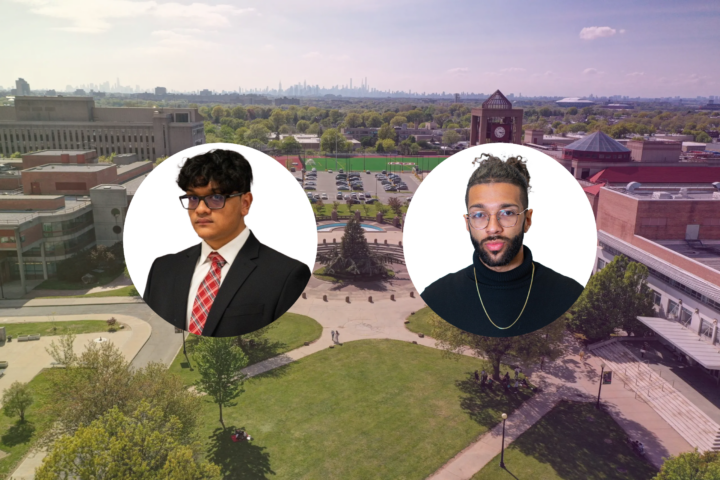The 2015 film 10 Days in a Madhouse depicts the story of Nellie Bly, one of the most unique and intriguing stories of all time. Bly, as a female journalist in the 19th century, risked her life to perform a due diligence that has been neglected by the American legal system for decades.
Actress Caroline Barry’s enthusiasm in her portrayal of Nellie Bly in the film was instrumental in bringing Bly’s motivation for reform in nineteenth-century America to light in the modern day. While Barry did a great job representing Bly’s adult years, a lack of a child actress to perform as a young Bly was disappointing, as it is important to acknowledge her early years. Bly was then known by her birth name, Elizabeth Cochran Seaman, before embarking on a yellow journalism career as a stunt reporter under the name Nellie Bly.
Infuriated that female reporters could only write about traditional domestic topics, a teenage Bly wrote an anonymous response to a column in the Pittsburgh Dispatch named “What Girls are Good For,” which had an issue with women at the time not accepting their roles in society as housewives. Bly’s response, dubbed “Lonely Orphan Girl,” caught the attention of Goerge Madden, the editor of the Pittsburgh Dispatch. Madden employed her full-time in 1885, causing her to fully adopt the name “Nellie Bly” and publish her first newspaper article titled “The Girl Puzzle.” Bly asserted in her article that “America might resort to killing girl babies like China.” The article sparked controversy, prompting the paper’s higher-ups to move her to the traditional section.
Professor Beverly Fenig-Ducat from the English Department described Nellie Bly’s work during the nineteenth century as something that, “Challenged traditional notions of women’s place in society, and her writing, which often focused on the plight of marginalized women, highlighted gender issues, many of which we still struggle with today.”
Unsatisfied with the decision of the higher ups, Bly, then 23, decided to relocate to New York City in 1887. One of the earlier scenes in the film shows Bly meeting with Joseph Pulitzer, the publisher of The New York World newspaper, and eagerly agreeing to his request to go undercover and expose Blackwell’s Insane Asylum for women. Pulitzer is the eponymous behind the most prestigious annual award in the journalism industry, the Pulitzer Prize.
Bly’s critical hours were when she needed to trick the judge into believing she was insane in order for her to be committed to Blackwells for this assignment. She realized that the easiest way to do this was to distance herself from her white privilege, which the movie failed to show as part of her plan. As soon as Bly started speaking Spanish and changed her surname to Moreno, the judge then decided to send her to Blackwell’s.
When Bly arrived at Blackwell’s, she immediately abandoned her act of insanity because she knew that many of the women there were sane and were being detained against their will. The imagery of a variety of gruesome horror scenes is used in the film to bring Bly’s articles exposing Blackwell’s to life. Bly stayed in the asylum for ten days and witnessed atrocities such as nurses depriving patients of intellectual stimulation by forbidding them from reading or writing, forcing patients to take ice cold baths in unsanitary water, and the consumption of opium every night.
Patients who refused these orders were subjected to beatings and even sexual violence. Bly also exposed that, while Blackwells received government funding, that money was not put to use because bugs and rats were everywhere — crawling around the molded food — and the asylum itself was filthy, dark, and without heating. Additionally, each patient’s cell had its own key, which meant that if a fire broke out, the nurses would be unable to unlock the hundreds of doors in the facility, endangering the patients’ lives.
Bly’s reports, which exposed the aforementioned injustices in Blackwell’s, caused a sensation and prompted a New York grand jury to intervene, and its officials added nearly $1 million to the Department of Public Charities and Corrections Budget. Bly’s fearless drive to do a journalist’s due diligence resulted in systemic reform of how patients in mental institutions across the United States were treated, and Blackwell’s Asylum shut down in 1894.
Queens College NYPIRG’s Project Coordinator, Scott Smith, has praised this by asserting that, “The solution to the mental health crisis is not institutionalization and incarceration, but care and support. Only when people have safe and secure access to the fundamental needs of housing, healthcare, education, and community, will the mental health crisis begin to resolve.”
Karen Balbin, a NYPIRG chapter member at Queens College, who is studying Psychology said, “When learning about Nellie Bly, what really comes to mind is how dark the history of psychology was during her time period because ethical guidelines were not in place. I think it’s important for Nellie Bly’s story to be told especially for New Yorkers that visit sites such as Roosevelt Island and aren’t aware of the reality it once was.”
Many New Yorkers are unaware that Blackwell’s Insane Asylum was located on Roosevelt Island, which was formerly known as Blackwell’s Island. For this reason, in 2021, a new monument honoring Nellie Bly for her brave act called “The Girl Puzzle” was built in the Lighthouse Park on Roosevelt Island.
10 Days In A Madhouse is just one example of a film that exposes hidden history, and reminds us that it’s crucial to be exposed to a diverse range of films, such as this one telling the tale of Nellie Bly.











